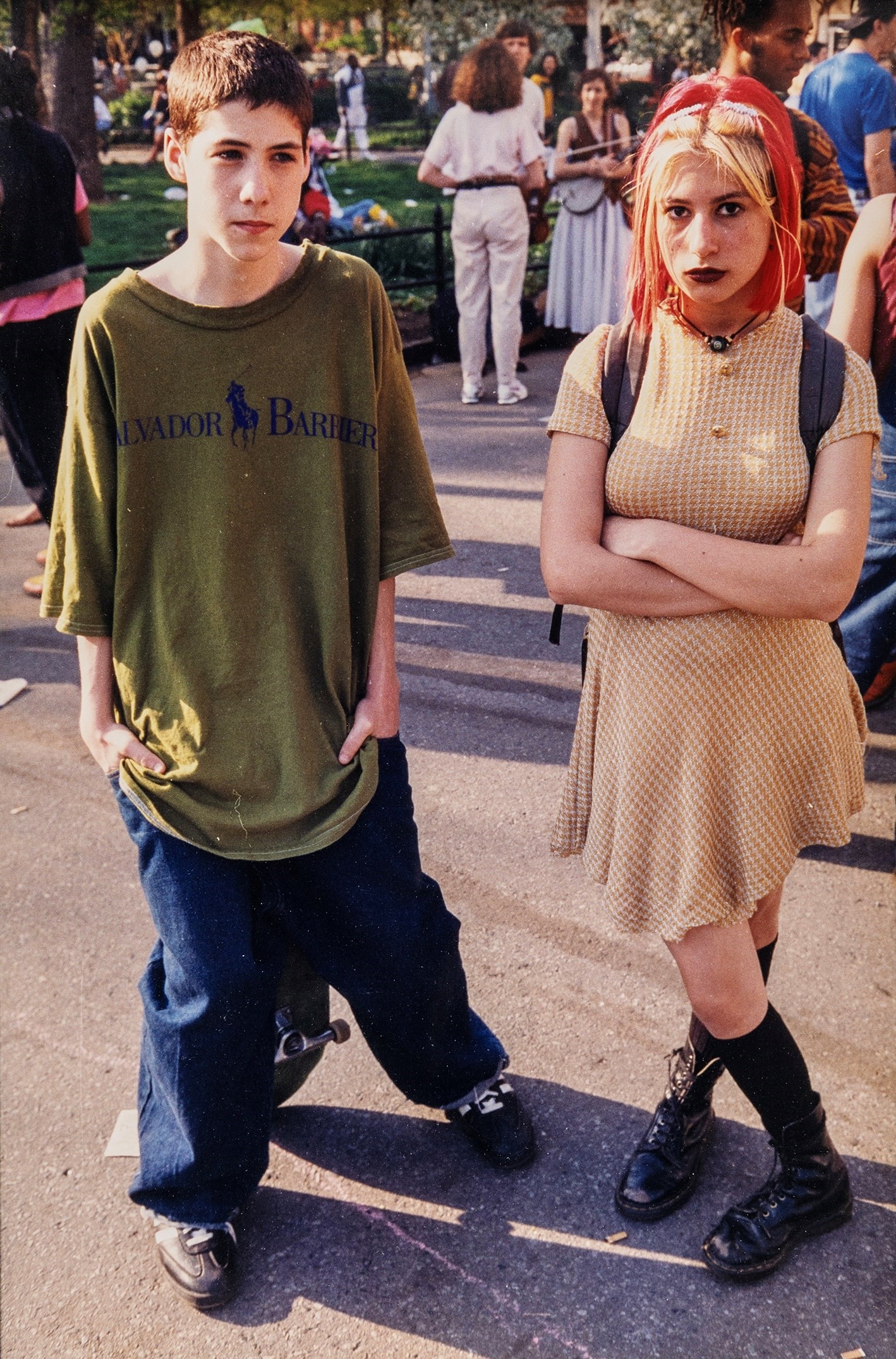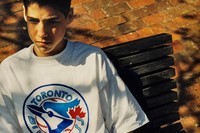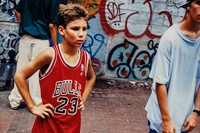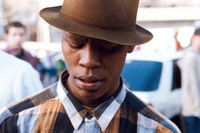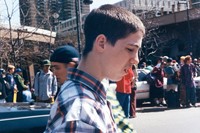It’s been nearly 30 years since Leo Fitzpatrick graced the screen in Kids as Telly, a foul-mouthed, horny teenage skateboarder stalking the streets of New York City in search of girls to have sex with (his preference is clear from the film’s unforgettable opening scene: virgins). Directed by American photographer Larry Clark and written by a young Harmony Korine, the film caused a sensation upon its release in 1995 thanks to its raw and unflinching depiction of casual misogyny, drug use, rape and the HIV epidemic. “I always wanted to make the teenage movie that I felt America never made,” Clark told New York Magazine at the time of the film’s release. “The Great Teenage Movie, like the Great American Novel … I wanted to go against all that Hollywood bullshit.”
As well as launching the career of a young, doe-eyed Chloë Sevigny, the film thrust Fitzpatrick – then a 16-year-old skateboarder from New Jersey – unwittingly into the spotlight. “I think Larry thought I was a very real, genuine teenager, not a Hollywood version of a teenager,” he says today. “He was going for that kind of realness, which would mess us up later because nobody knew if it was real or fake.”
Kids changed the young skateboarder’s life in more ways than one; meeting Clark also meant an induction into the world of art, something Fitzpatrick would then dedicate his life to as an artist (alongside contemporaries Ryan McGinley and Dash Snow) and gallerist on the downtown scene. As an homage to his artistic mentor, Fitzpatrick has now curated a show at New York’s Ruttkowski;68 gallery of Clark’s photographs of the vibrant skateboarding scene in early 90s New York.
Taken at the city’s popular skateboarding spots in Brooklyn Banks, Astor Place and Washington Square Park, Clark’s photos capture a young Fitzpatrick and his friends pre-Kids fame, chugging beers and dwarfed in XL T-shirts and baggy jeans, offering a rare snapshot into Manhattan’s hedonistic – and now-iconic – skateboarding scene. “Before I met Larry, I didn’t know anything about art, photography or film,” says Fitzpatrick. “So I wanted to do a show with the guy who was responsible for getting me into art in the first place. This show is for the teenage skateboarders in New York City who aren’t comfortable going to galleries.”
Below, Leo Fitzpatrick talks about how Kids changed his life, the skateboarding scene in early 90s New York, and his lifelong friendship with Larry Clark.
Violet Conroy How did you first meet Larry Clark?
Leo Fitzpatrick: I met Larry when I was 14. He stood out as this older guy [on the scene]. The skateboarding community was very closed off to adults; we didn’t trust them because no one ever showed us that anything we were doing was of any value. We didn’t realise that some adults like Larry had respect for skateboarding.
Larry always talked about this film idea he had, and at the last minute, he asked me to do the lead part. I don’t think the producers were very happy about that, but Larry fought for me. We’ve been friends ever since – he’s sort of like my dad.
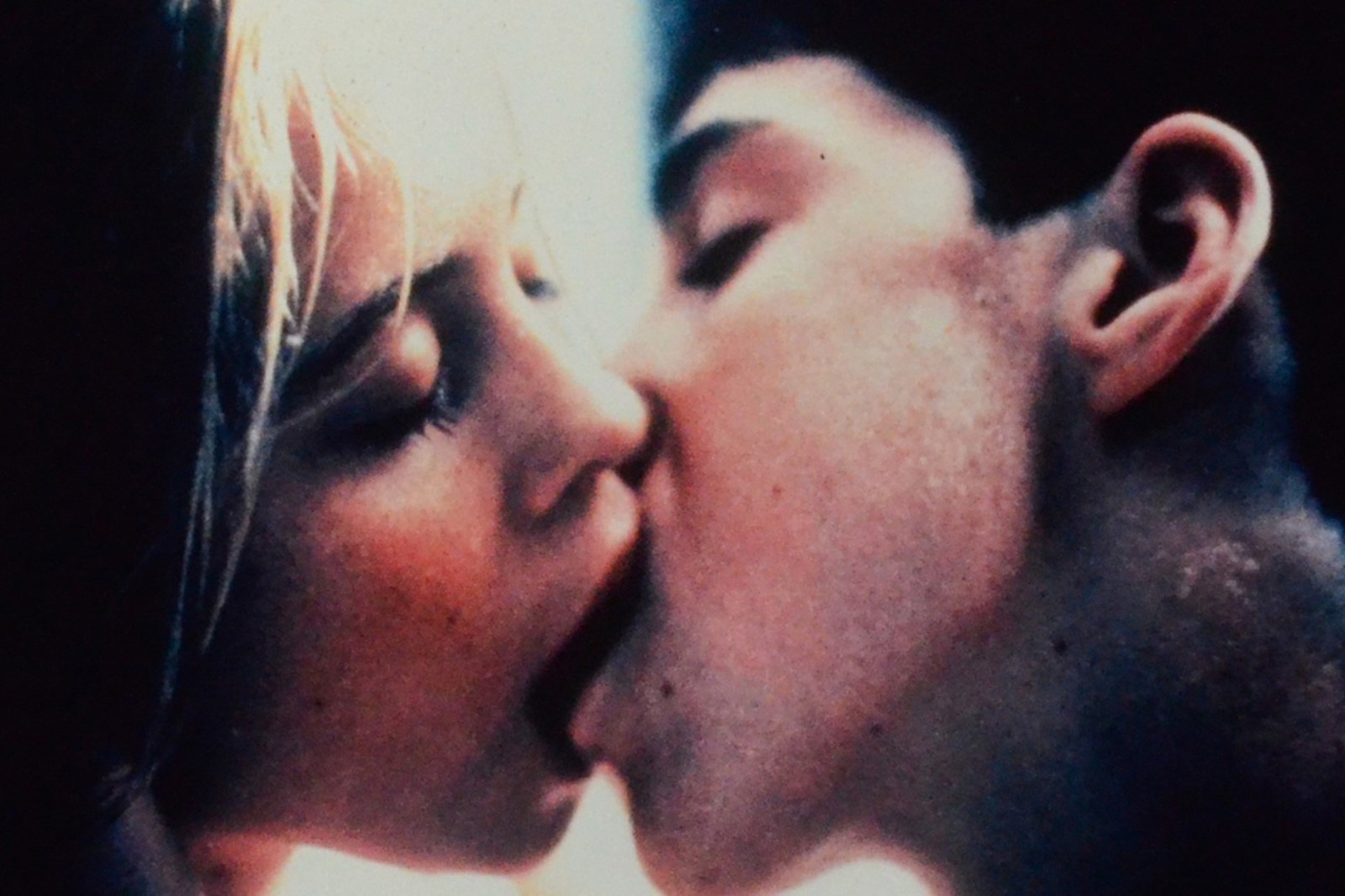
VC: What do you think Larry saw in you as an actor?
LF: I have no idea. Everybody was untrained, everybody was a gamble. The film producers said that I was too ugly to be a leading man. And Larry said, “Well, if he was good looking, he wouldn’t have to chase after these girls.” I think Larry thought I was a very real, genuine teenager, not a Hollywood version of a teenager. He was going for that kind of realness, which would mess us up later because nobody knew if it was real or fake.
VC: What was it like acting in that opening sex scene?
LF: For any scrawny, 16-year-old kid, it’s pretty weird to have to do that in front of a room full of people. A friend of mine’s teenage son recently watched the film, and he asked his mum, “How come they didn’t know how to kiss?” We’re so bad at making out because we’re fumbling teenagers. We didn’t know what we were doing. I don’t think I’d really had sex before I shot the film.
VC: How would you describe the New York skateboarding scene in the 90s?
LF: It was pretty innocent. There were a lot of angry kids from broken homes but skateboarding gave them that outlet and structure. The one thing about skateboarding is that there is no discrimination in terms of age, race or financial background. Everybody comes from a fucked-up family, so you form this new family among your friends and you look out for each other.
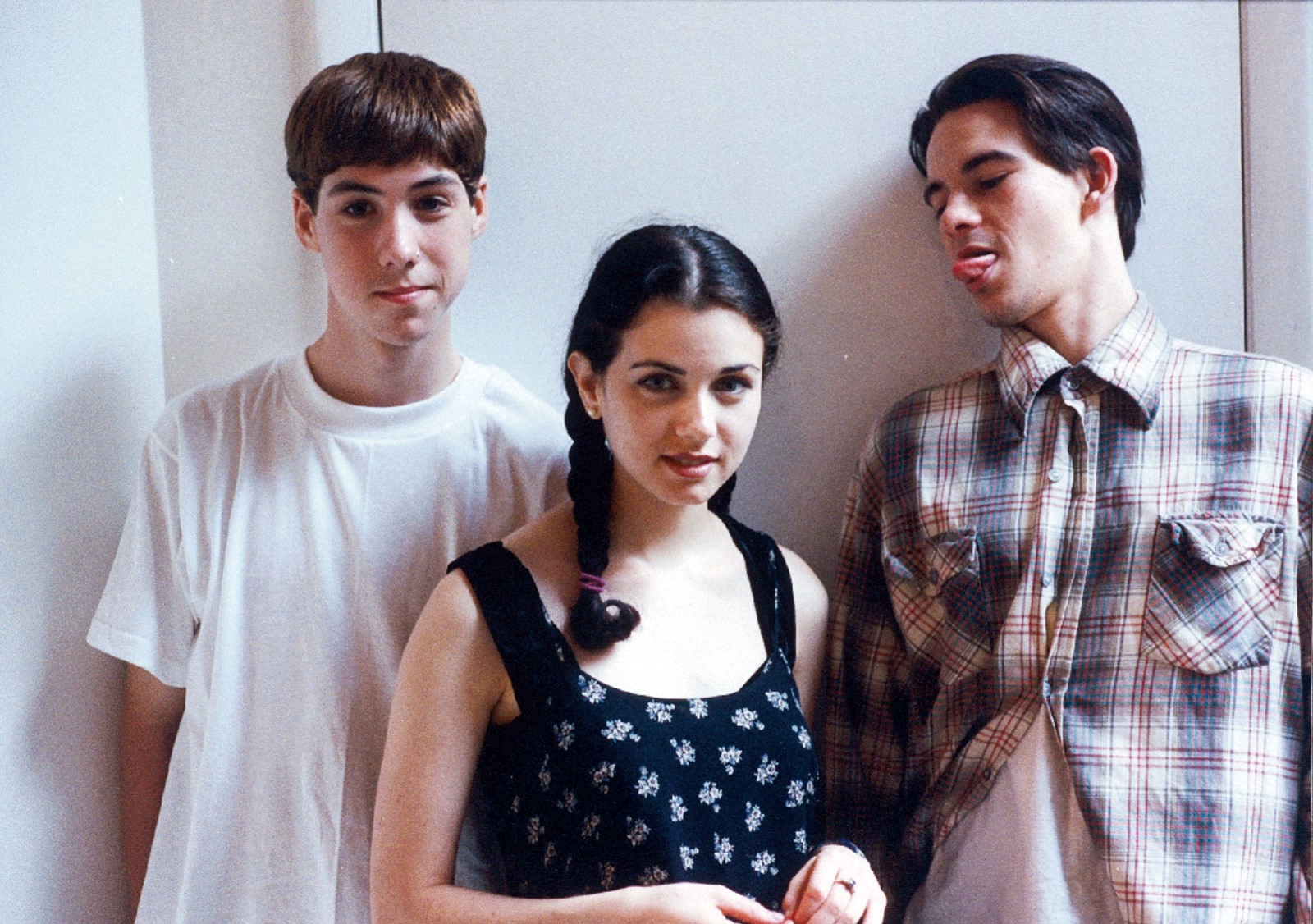
VC: How did your life change after Kids came out?
LF: It was hectic. I played a pretty bad guy, and people thought it was real, so people would threaten me, but it wasn’t bad enough to call traumatic or anything like that. I moved to London for a year because I didn’t like being in New York City after Kids came out. Then I came back to New York, I still didn’t like it, and I moved to LA for two years. Then I finally came back to New York and finally felt comfortable being here.
VC: Why do you think Kids caused so much controversy when it was released?
LF: People don’t like looking in a mirror and knowing that this is what’s happening. But Larry said the fact that skateboarders liked the film was all the validation he needed. I have no regrets.
“Larry thought I was a very real, genuine teenager, not a Hollywood version of a teenager. He was going for that kind of realness” – Leo Fitzpatrick
VC: Tell me about the exhibition you curated of Larry’s photos of skateboarders in 90s New York.
LF: Before I met Larry, I didn’t know anything about art, photography or film, I was just skateboarding. But when I went over to Larry’s house at 14 years old, that’s where I got to know about subversive artists like Mike Kelley, Richard Prince and Paul McCarthy. So I wanted to do a show with the guy who was responsible for getting me into art in the first place.
I always thought art was like the Mona Lisa and totally unattainable to people without money. A lot of the kids I talk to still think it costs money to go to art galleries, but most of them are free. That’s the reason I wanted to do this show; this is for the teenage skateboarders in New York City who aren’t comfortable going to galleries. I want to introduce them to this idea of an art gallery and a safe space to go talk and build community.
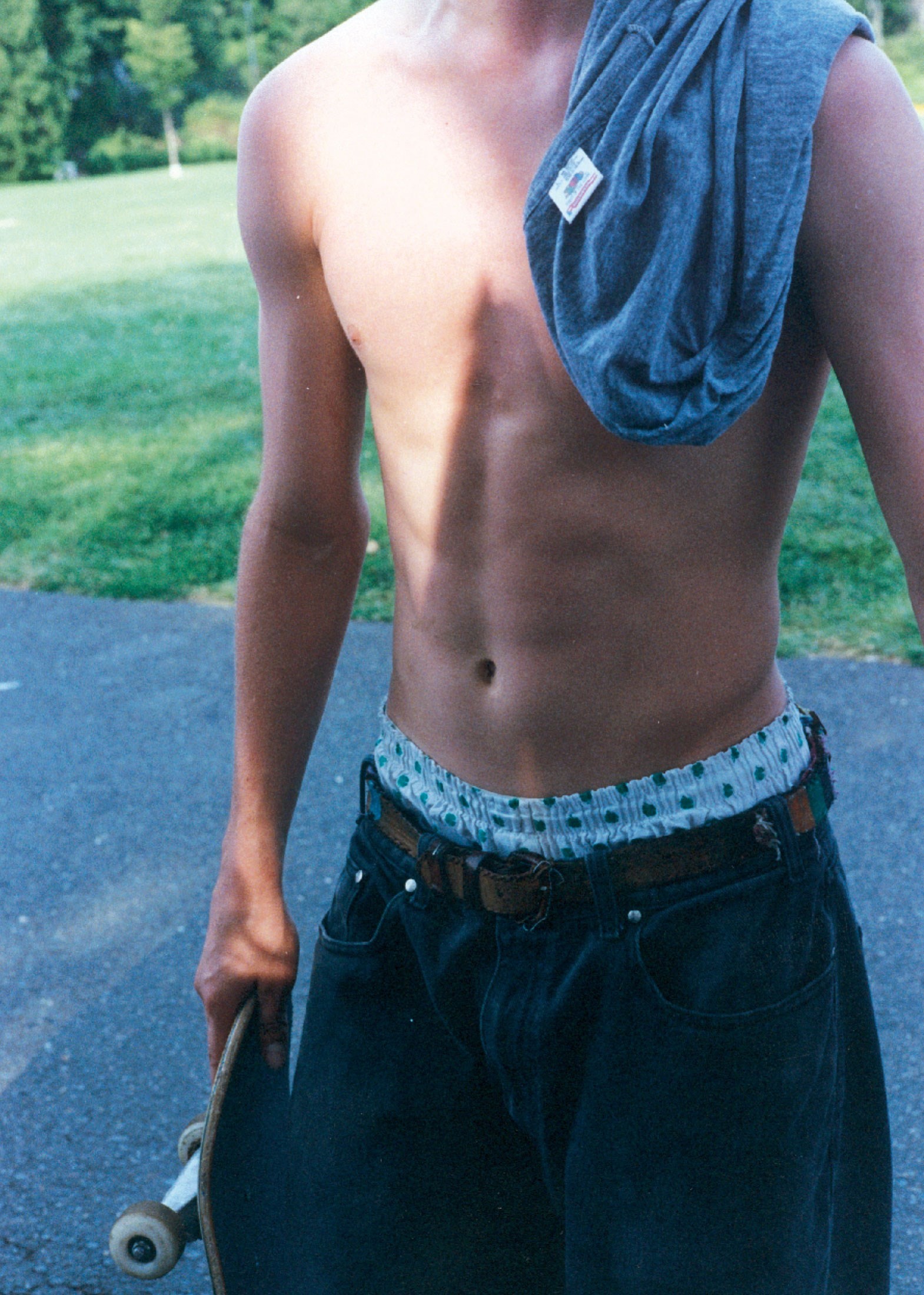
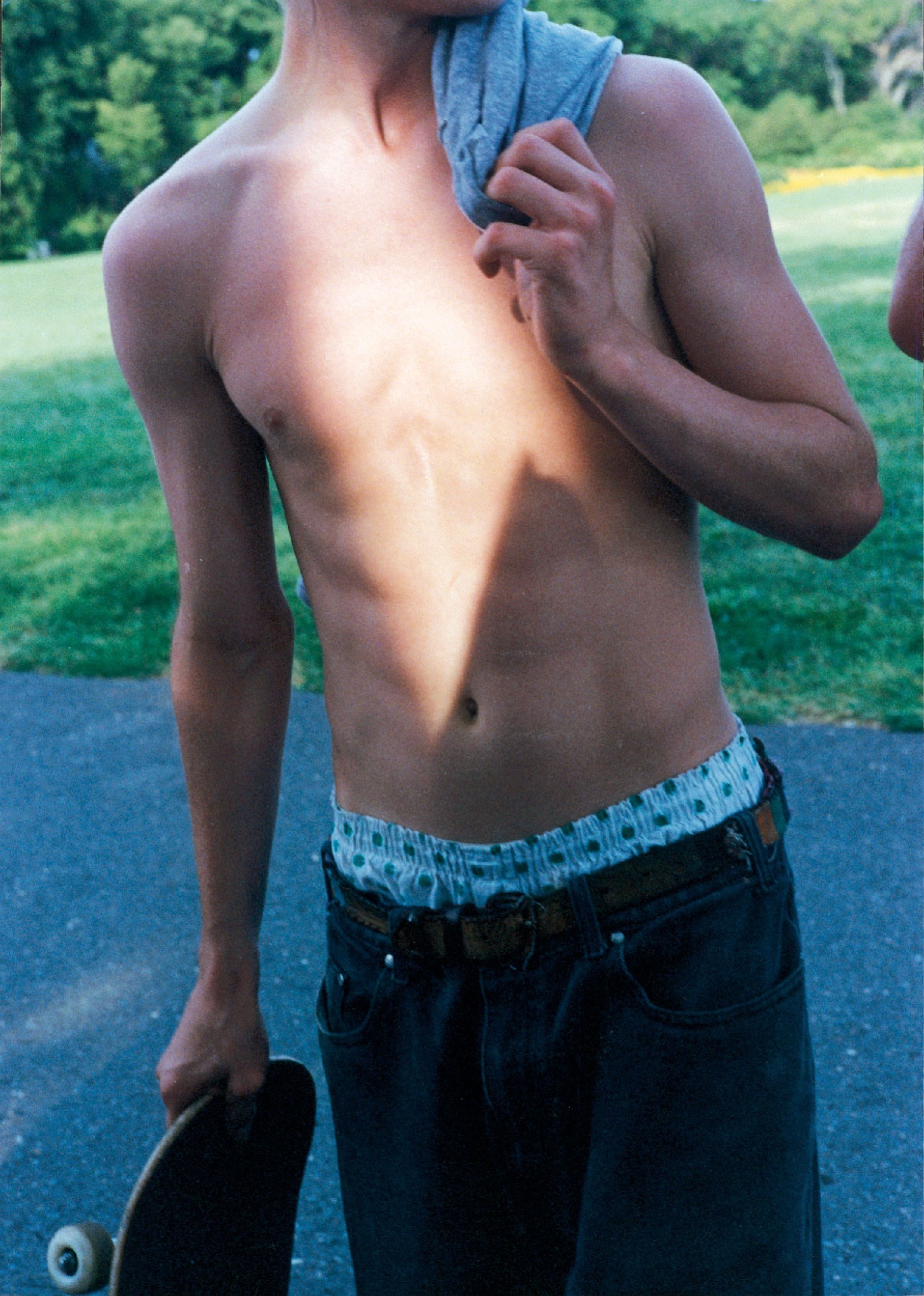
VC: It’s quite striking how all the teenagers – yourself included – in the photographs are swamped by these enormous, baggy adult clothes. How would you describe the style of the time?
LF: That moment is right when skateboarding and rave culture crossed. At age 14, I was already going to nightclubs. The clubs didn’t serve alcohol, so you would have 2,000 teenagers in a club on acid or ecstasy, but nobody was drinking. By the time I made Kids, when I was 16, I was already straight edge.
I remember my brothers and sisters saying at the time, “You look ridiculous.” And I was like, “No, I look cool.” And they were like, “No, you look ridiculous. You’ll regret this.” I don’t necessarily regret it, but they were probably right. I did look ridiculous.
VC: Do you still see Larry?
LF: Yeah, all the time. I saw these photos sitting in his house, and I said we should do something with them, hence the show. He’s doing great. I mean, he’s older, obviously. I think he wishes he was still out there on the streets, hanging out with the young people. But the older you get, the harder that is.
92– 95 by Larry Clark is curated by Leo Fitzpatrick and is on show at Ruttkowski;68 in New York until 15 February 2024.
